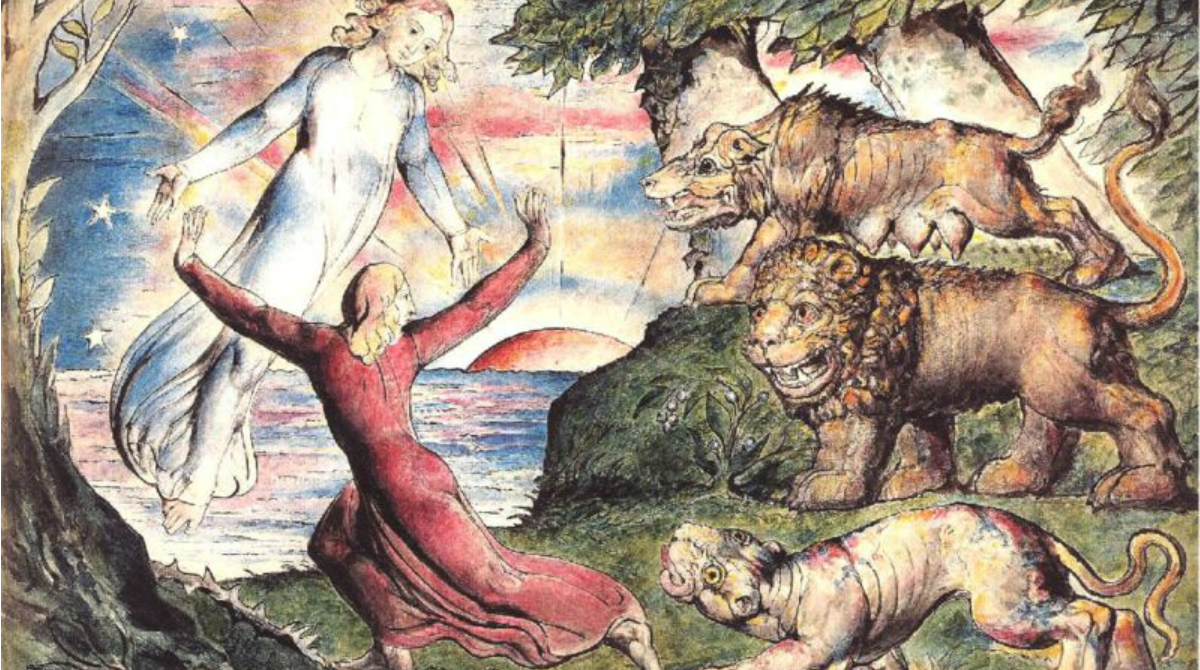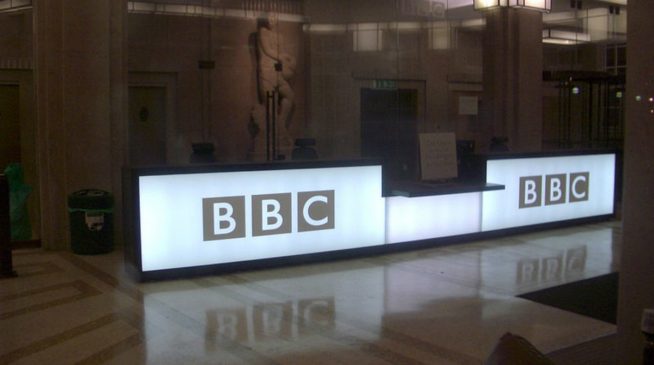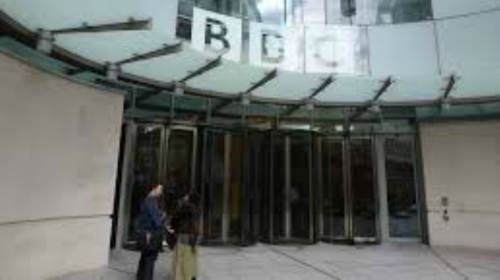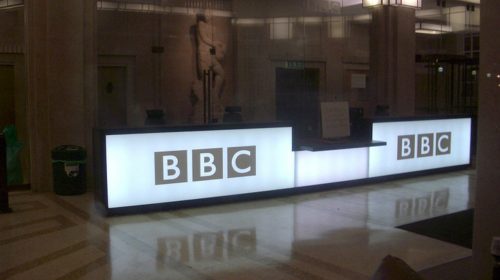In the Moral Maze with art and the transgressive artist
On BBC RAdio’s The Moral Maze this week, Claire Fox, Matthew Taylor, Anne McElvoy and I discussed art and the artist. Can their moral worth be separated? Our peg was “Leaving Neverland”, a two-part TV documentary which detailed child sex abuse claims against the singer Michael Jackson (whether Jackson’s music can be termed “art” is debatable, but anyway).
The renewed allegations have prompted a debate about whether we should stop listening to his music. Some believe a boycott takes an important moral stand against the late singer’s alleged crimes. To pay any such artist the compliment of our appreciation, they say, is to undermine the victims. Others think the moral character of the artist has no bearing on the worth of the art.
Who is right? Does a work of art have intrinsic moral value? Or should we reappraise certain works in light of the questionable behaviour and beliefs of the cultural figures that created them? Charles Dickens, who has a worldwide reputation as a compassionate moralist, was also (according to recently-unearthed letters) a ruthless husband who tried to have his wife locked up in a lunatic asylum because “she had outgrown his liking.” Should we judge any public figures (now or in the past) by their private lives and prejudices, or should we rate them instead on their competence and achievements?
Our witnesses were feminist activist Rachel Krengel, music critic David Quantick, Guardian writer Kimberly McIntosh and writer and comedian Andrew Doyle. You can listen to the show here.




